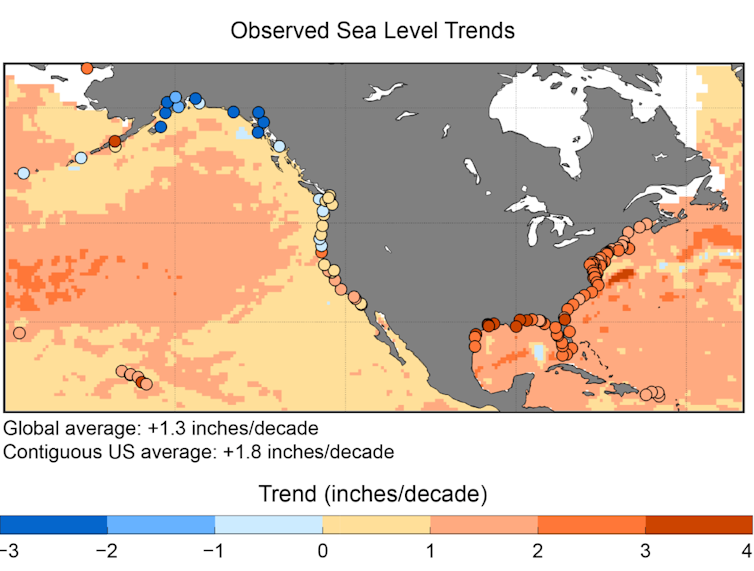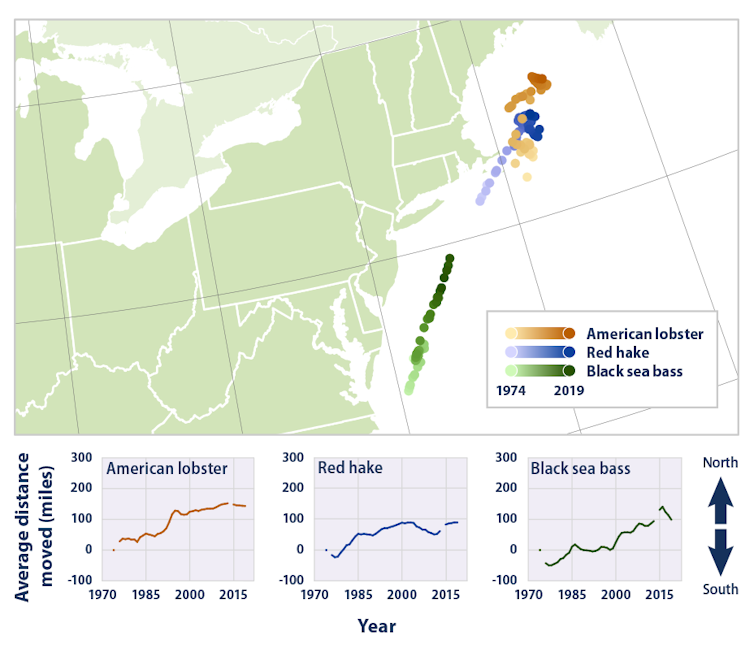As Israel Rejects UN Ceasefire, 3,000 Palestinian Children in S. Gaza in Danger of Starving before their Parents’ Eyes Ann Arbor (Informed Comment) – The children of Gaza do not care. They do not care about US Secretary of State Tony Blinken’s posturing on the UN Security Council demand for an immediate ceasefire. They do not care that Hamas says it accepts the resolution. They do not care that Israel’s far right extremist government […] |
Ann Arbor (Informed Comment) – The children of Gaza do not care. They do not care about US Secretary of State Tony Blinken’s posturing on the UN Security Council demand for an immediate ceasefire. They do not care that Hamas says it accepts the resolution. They do not care that Israel’s far right extremist government rejects it. Their severe lack of interest in geopolitics is only matched by their hunger for actual concrete food aid. And if they do not get it, they will take revenge on the adults by dying. Some 3,000 likely candidates for starvation have been identified by UNESCO. The only thing that can stop them from dropping dead, their little bodies emaciated, is a ceasefire. The leader of Israel’s fascist government, the war criminal Benjamin Netanyahu, rejects such a ceasefire. Listen to Janez Lenarčič, Commissioner for Crisis Management on the European Commission’s Directorate-General for European Civil Protection and Humanitarian Aid Operations:
UNICEF Regional Director for the Middle East and North Africa Adele Khodr concurs: “Horrific images continue to emerge from Gaza of children dying before their families’ eyes due to the continued lack of food, nutrition supplies, and the destruction of healthcare services.” Malnourished children are at special risk of sickening from disease or polluted water, and the Strip is only getting 25% the amount of potable water it received before Oct. 7. The World Food Program, headed by Cindy McCain, said that her organization’s warehouses had been hit by the Israeli military despite the WFP providing the Israelis with their coordinates. She implied that the use of the American military’s pier in the botched Israeli hostage rescue that left 274 Palestinians dead and may have killed 3 other Israeli hostages has caused the WFP to cease trying to distribute aid from the pier because her organization is afraid it will come under attack. She reiterated that her organization’s field workers had seen clear signs of famine in North Gaza, rejecting Israeli government attacks on her and refuting Tel Aviv’s propaganda that there is plenty of food. The Israeli assault in mid-May on Rafah, to which it had expelled over a million Palestinians, cut off crucial food supplies to some 3,800 children in southern Gaza, about 75% of whom are now in danger of starving to death. Severe malnutrition among minors has sky-rocketed in southern Gaza, according to aid NGOs on the ground, who are forwarding their concerns urgently to UNESCO. Emergency aid stations have been set up to stabilize the health of these malnourished children, but only two are still able to carry out their mission. Khodr warned, “Unless treatment can be quickly resumed for these 3,000 children, they are at immediate and serious risk of becoming critically ill, acquiring life-threatening complications, and joining the growing list of boys and girls who have been killed by this senseless, man-made deprivation.” UNICEF explains, “Treating a child for acute malnutrition typically takes six to eight weeks of uninterrupted care and requires special therapeutic food, safe water, and other medical support.” At a joint Egyptian-Jordanian conference on the Dead Sea, Martin Griffiths, UN Under-Secretary-General for Humanitarian Affairs & Emergency Relief Coordinator, underlined the pressing need for an immediate ceasefire: “There was a unanimous horror at the vast toll of death, injury[,] destruction, displacement, serial displacement, trauma and deprivation suffered by the people of Gaza in just nine months, as well as the horrendous toll on humanitarian, and including United Nations, workers, of course, from UNRWA in particular, which exceeded the death toll across the whole world in the past 12 years combined.” How to avert further catastrophes? He said that the working group in which he participated “stressed the need for these immediate measures to facilitate the delivery of aid: number one, a functioning mechanism for operational coordination and notification; number two, full access for basic equipment for safety and security of humanitarian staff; number three, passable roads and clearance of explosive ordnance; number four, unimpeded passage to distribute aid and access communities across Gaza; and finally, sufficient and predictable flows of fuel and prioritized aid, if you wouldn’t mind.” If you want to know what the humanitarian situation inside Gaza is, just reverse engineer all his demands. As Oceans Heat up, American Coastal Economies find themselves in Hot Water By Charles Colgan, Middlebury Institute of International Studies | – Ocean-related tourism and recreation supports more than 320,000 jobs and US$13.5 billion in goods and services in Florida. But a swim in the ocean became much less attractive in the summer of 2023, when the water temperatures off Miami reached as high as 101 degrees […] |
Ocean-related tourism and recreation supports more than 320,000 jobs and US$13.5 billion in goods and services in Florida. But a swim in the ocean became much less attractive in the summer of 2023, when the water temperatures off Miami reached as high as 101 degrees Fahrenheit (37.8 Celsius). The future of some jobs and businesses across the ocean economy have also become less secure as the ocean warms and damage from storms, sea-level rise and marine heat waves increases. Ocean temperatures have been heating up over the past century, and hitting record highs for much of the past year, driven primarily by the rise in greenhouse gas emissions from burning fossil fuels. Scientists estimate that more than 90% of the excess heat produced by human activities has been taken up by the ocean. That warming, hidden for years in data of interest only to oceanographers, is now having profound consequences for coastal economies around the world. Understanding the role of the ocean in the economy is something I have been working on for more than 40 years, currently at the Center for the Blue Economy of the Middlebury Institute of International Studies. Mostly, I study the positive contributions of the ocean, but this has begun to change, sometimes dramatically. Climate change has made the ocean a threat to the economy in multiple ways.
The dangers of sea-level riseOne of the big threats to economies from ocean warming is sea-level rise. As water warms, it expands. Along with meltwater from glaciers and ice sheets, thermal expansion of the water has increased flooding in low-lying coastal areas and put the future of island nations at risk. In the U.S., rising sea levels will soon overwhelm Isle de Jean Charles in Louisiana and Tangier Island in Chesapeake Bay. Flooding at high tide, even on sunny days, is becoming increasingly common in places such as Miami Beach; Annapolis, Maryland; Norfolk, Virginia; and San Francisco. High-tide flooding has more than doubled since 2000 and is on track to triple by 2050 along the country’s coasts.  National Climate Assessment 2023 Rising sea levels also push salt water into freshwater aquifers, from which water is drawn to support agriculture. The strawberry crop in coastal California is already being affected. These effects are still small and highly localized. Much larger effects come with storms enhanced by sea level. Higher sea level can worsen storm damageWarmer ocean water fuels tropical storms. It’s one reason forecasters are warning of a busy 2024 hurricane season. Tropical storms pick up moisture over warm water and transfer it to cooler areas. The warmer the water, the faster the storm can form, the quicker it can intensify and the longer it can last, resulting in destructive storms and heavy downpours that can flood cities even far from the coasts. When these storms now come in on top of already higher sea levels, the waves and storm surge can dramatically increase coastal flooding. Tropical cyclones caused more than $1.3 trillion in damage in the U.S. from 1980 to 2023, with an average cost of $22.8 billion per storm. Much of that cost has been absorbed by federal taxpayers. It is not just tropical storms. Maine saw what can happen when a winter storm in January 2024 generated tides 5 feet above normal that filled coastal streets with seawater. What does that mean for the economy? The possible future economic damages from sea-level rise are not known because the pace and extent of rising sea levels are unknown. One estimate puts the costs from sea-level rise and storm surge alone at over $990 billion this century, with adaptation measures able to reduce this by only $100 billion. These estimates include direct property damage and damage to infrastructure such as transportation, water systems and ports. Not included are impacts on agriculture from saltwater intrusion into aquifers that support agriculture. Marine heat waves leave fisheries in troubleRising ocean temperatures are also affecting marine life through extreme events, known as marine heat waves, and more gradual long-term shifts in temperature. In spring 2024, one third of the global ocean was experiencing heat waves. Corals are struggling through their fourth global bleaching event on record as warm ocean temperatures cause them to expel the algae that live in their shells and give the corals color and provide food. While corals sometimes recover from bleaching, about half of the world’s coral reefs have died since 1950, and their future beyond the middle of this century is bleak.  Jstuby/wikimedia, CC BY Losing coral reefs is about more than their beauty. Coral reefs serve as nurseries and feeding grounds for thousands of species of fish. By NOAA’s estimate, about half of all federally managed fisheries, including snapper and grouper, rely on reefs at some point in their life cycle. Warmer waters cause fish to migrate to cooler areas. This is particularly notable with species that like cold water, such as lobsters, which have been steadily migrating north to flee warming seas. Once-robust lobstering in southern New England has declined significantly.  NOAA In the Gulf of Alaska, rising temperatures almost wiped out the snow crabs, and a $270 million fishery had to be completely closed for two years. A major heat wave off the Pacific coast extended over several years in the 2010s and disrupted fishing from Alaska to Oregon. This won’t turn around soonThe accumulated ocean heat and greenhouse gases in the atmosphere will continue to affect ocean temperatures for centuries, even if countries cut their greenhouse gas emissions to net zero by 2050 as hoped. So, while ocean temperatures fluctuate year to year, the overall trend is likely to continue upward for at least a century. There is no cold-water tap that we can simply turn on to quickly return ocean temperatures to “normal,” so communities will have to adapt while the entire planet works to slow greenhouse gas emissions to protect ocean economies for the future. Charles Colgan, Director of Research for the Center for the Blue Economy, Middlebury Institute of International Studies This article is republished from The Conversation under a Creative Commons license. Read the original article. The Lasting Legacy of Truth-Teller Daniel Ellsberg By Norman Solomon ( Tomdispatch.com ) – On a warm evening almost a decade ago, I sat under the stars with Daniel Ellsberg while he talked about nuclear war with alarming intensity. He was most of the way through writing his last and most important book, The Doomsday Machine: Confessions of a Nuclear War Planner. […] |


No comments:
Post a Comment
Note: Only a member of this blog may post a comment.